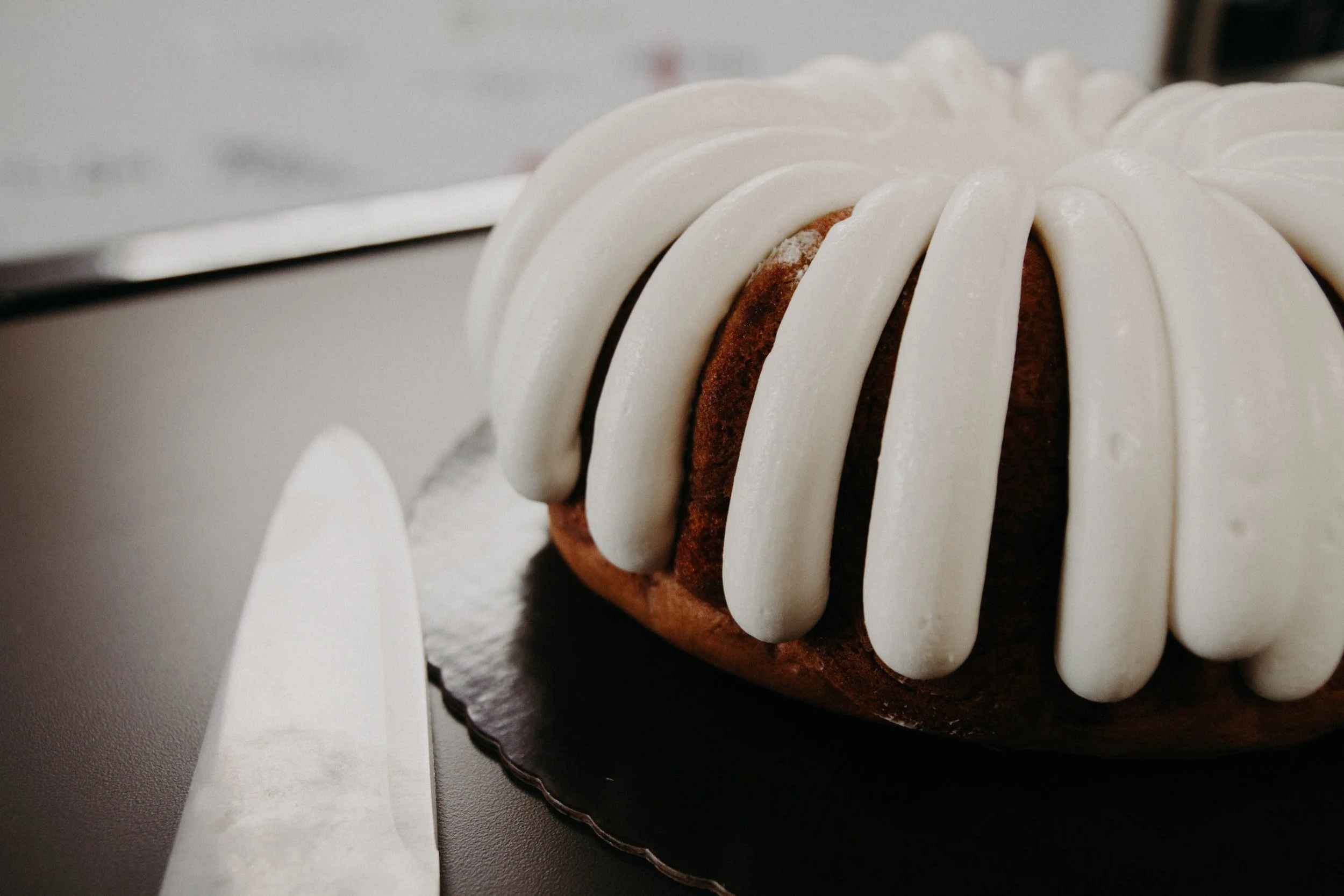All About the Bundt Pan
Have you ever wondered where the word “Bundt” came from? Or even why the pan is shaped the way it is? Surprisingly, there is a lot of science and history behind the simple pan.
History of the Bundt Pan
It all started with H. David Dalquist, the owner of Minnesota's Nordic Ware company. He created the pan to recreate a traditional kugelhopf, which is a traditional ring-shaped cake, for a local jewish society. Originally, he called his invention a bund pan, for the German word that translates to "bond" or "alliance." However, the word bund was already used by the German-American Bund which is a pro-Nazi group. Thus, he added a t to make the pan called the bundt pan.
It wasn’t until 1966 when the pans became a market staple. It was was thanks to the annual Pillsbury Bake-in which a bundt cake took the second place prize. Dalquist was bombarded with orders and started making 30,000 Bundt pans a day. Today, more than 70 million households have a Bundt pan.
Science of the Bundt Pan
The difference between the science behind a normal cake and a bundt cake is the time it takes to cook. The heat of the oven needs to travel a smaller distance through e cake into the center since there is no center. The protein coagulates and the starch cooks quicker than a normal cake.





